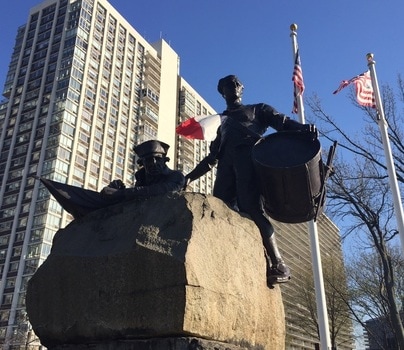 Monument Park in the town of Fort Lee, New Jersey, marks the spot of the historic fort. (Author) Monument Park in the town of Fort Lee, New Jersey, marks the spot of the historic fort. (Author) On September 22, 1776, William Croghan’s detachment of men from the 8th Virginia arrived at Fort Constitution, high on a cliff looking over the Hudson River and the island of Manhattan. Very soon, they would be part of the most famous campaign of the war. Months earlier, when the 8th Virginia first formed, its ten companies were ordered to rendezvous at Suffolk, Virginia—south and across the James River from the provincial capital at Williamsburg. Those from the far frontier were the last to arrive. Captain James Knox’s company from Fincastle County (now the state of Kentucky and parts of far southwest Virginia) arrived just in time to join the Regiment as it headed south to with General Charles Lee to defend Charleston. Captain William Croghan’s company from Pittsburgh came too late. His company and several dozen stragglers from other companies were attached for the season to the 1st Virginia and sent north to reinforce Washington at New York. After a march that took more than a month, the 1st Virginia arrived at a fort overlooking the Hudson. It was called Fort Constitution, but was soon renamed Fort Lee after General Charles Lee got (only partially deserved) credit for the glorious June 28 victory at Sullivan's Island in South Carolina. Fort Lee was commanded by Gen. Nathanael Greene and, with Fort Washington across the river, was charged with maintaining patriot control of the strategically critical waterway. 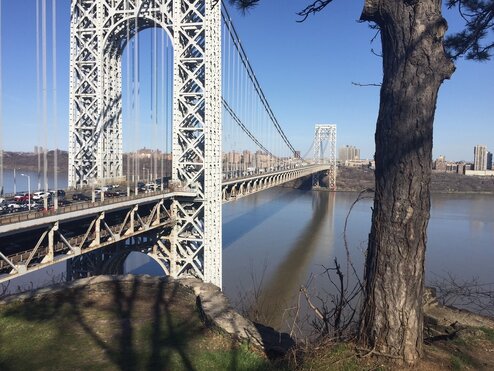 The George Washington Bridge spans the Hudson River between the sites of Fort Lee and Fort Washington. The two forts guarded the strategically important waterway. (Author) The George Washington Bridge spans the Hudson River between the sites of Fort Lee and Fort Washington. The two forts guarded the strategically important waterway. (Author) Sergeant William McCarty recorded their arrival. After ferrying across the Passaic River they “marched to the fort, which we came by several camping places and camps on top of a high hill by the North [Hudson] River.” They “halted in sight of the fort and river till Colonel [James] Read [of the 1st Virginia] went to speak to General Greene.” He “returned shortly” and “ordered us to march back up the hill a piece, where it was late when we pitched camp.” For the next few days, the roughly 140 8th Virginia men under Captain Croghan rested and celebrated after their long march. They were issued flour, beef and rum. They got paid for the first time. On the third day there, McCarty wrote “We lay there and our men drunk very hard as they had plenty of money.” 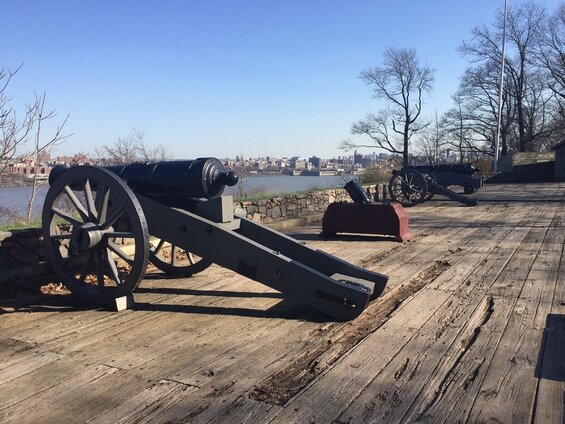 A reconstructed artillery emplacement overlooks Manhattan from the Palisades. (Author) A reconstructed artillery emplacement overlooks Manhattan from the Palisades. (Author) Things soon turned serious, however. The day after their arrival, soldiers across the river were assembled to witness the execution of a man—bound, blind-folded, and kneeling—for cowardice (Washington gave him a last-minute reprieve). In addition to that news, Croghan’s men also learned that the Hessians and Scottish Highlanders had given no quarter at the Battle of Long Island the month before and had shot as many as seventeen Americans in the head after they had surrendered at Kip’s Bay. If they did not already know it, they now understood that there was no romance in war. Four days after their arrival, still at Fort Lee atop the Jersey Palisades, they watched British maneuvers in the river below. McCarty wrote, “The force heard the cannon fire very brisk from the shipping of the English, and we could see them land. We could easy see their camps and every turn they would make.” 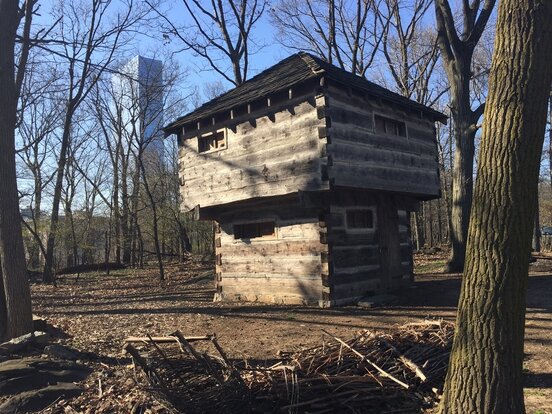 A reconstructed block house with a modern skyscraper looming behind it. (Author) A reconstructed block house with a modern skyscraper looming behind it. (Author) Their stay at the fort was brief. Private Jonathan Grant later attested that they traveled through the Jerseys “to fort Lee on the North River & thence crossed the River to Fort Washington. The enemy at that time was in New York.” Similarly, Private Henry Gaddis recalled that they traveled “to Fort Lee, then we crossed over the North river to Fort Washington.” They joined the 3rd Virginia to form a small, temporary brigade commanded by Col. George Weedon. Now part of the main arm, they were thrust into battle—first at White Plains and later at Trenton. In January, only a handful of them were still well enough to participate in the critical victory at Princeton. The site of Fort Lee and its surrounding camps and artillery emplacements have been partially preserved. Judging purely from McCarty’s account it appears that much of the camping area has been blasted away to make room for the George Washington Bridge. Some of what remains has been preserved as Fort Lee Historic Park. The visitor center and its displays date from the 1976 Bicentennial and, though a bit worn down, still tell the story well. Reconstructed buildings and artillery batteries illustrate the site’s purpose despite the massive bridge and surrounding skyscrapers that make the area look very different from they way it was in the fall of 1776. The position of the actual fort is in the middle of the town of Fort Lee and called Monument Park. An artistic monument records the presence of the fort and the events that occurred there. Fort Lee was abandoned during the retreat through New Jersey, a retreat the fort’s namesake pointedly did nothing to assist with. Lee was in fact captured by the enemy and began to advise them on how to defeat the Continentals—a story told in this earlier post. One has to wonder how many people who live in Fort Lee today have any idea that their town is named for a traitor. Read More: Fort Lee's Despicable Namesake More from The 8th Virginia Regiment
1 Comment
|
Gabriel Nevilleis researching the history of the Revolutionary War's 8th Virginia Regiment. Its ten companies formed near the frontier, from the Cumberland Gap to Pittsburgh. Categories
All
Archives
June 2024
© 2015-2022 Gabriel Neville
|
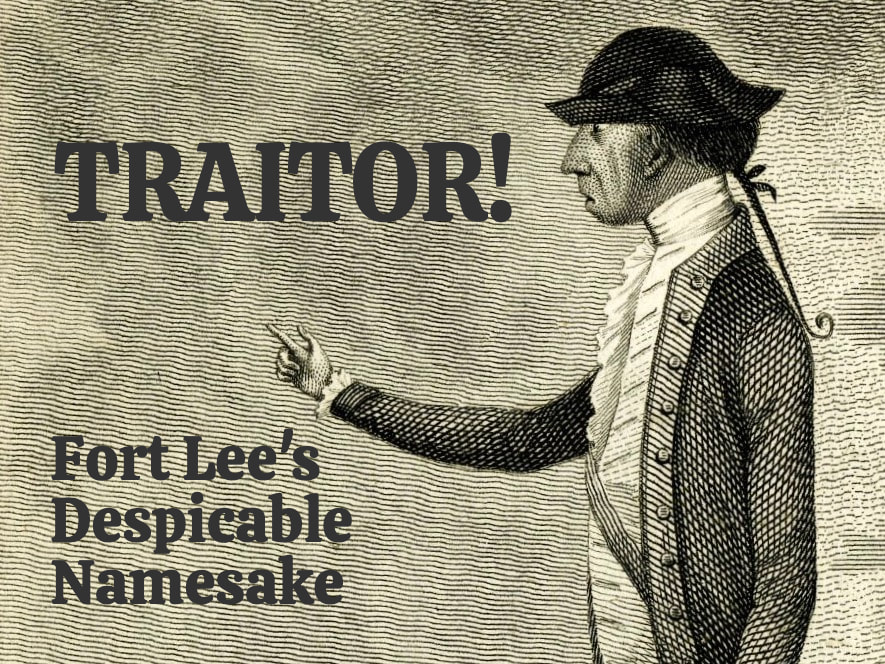
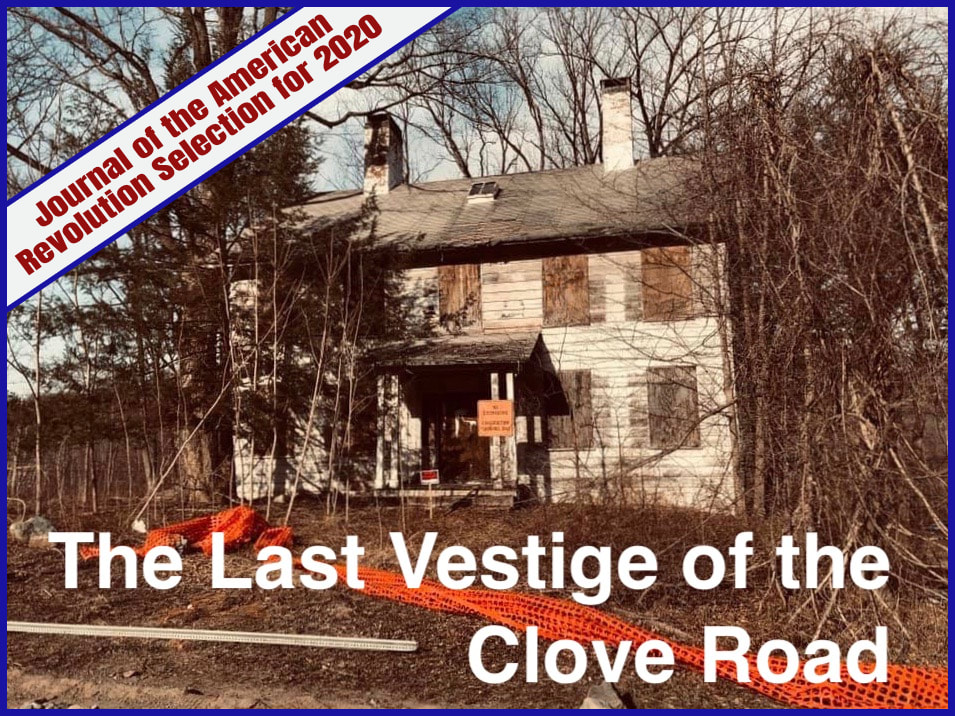
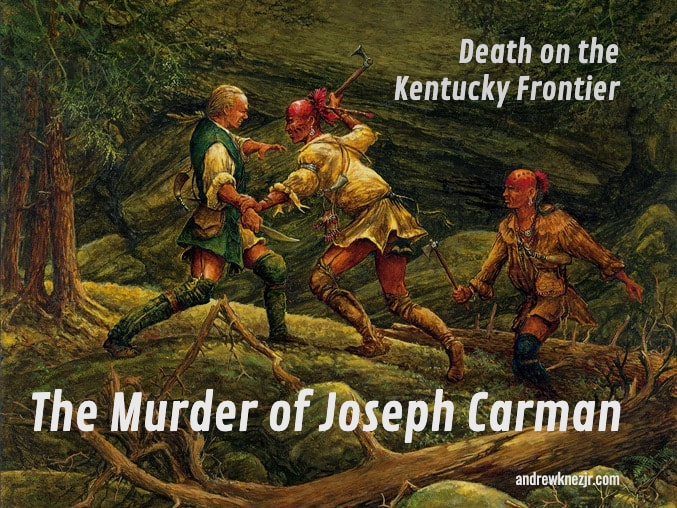
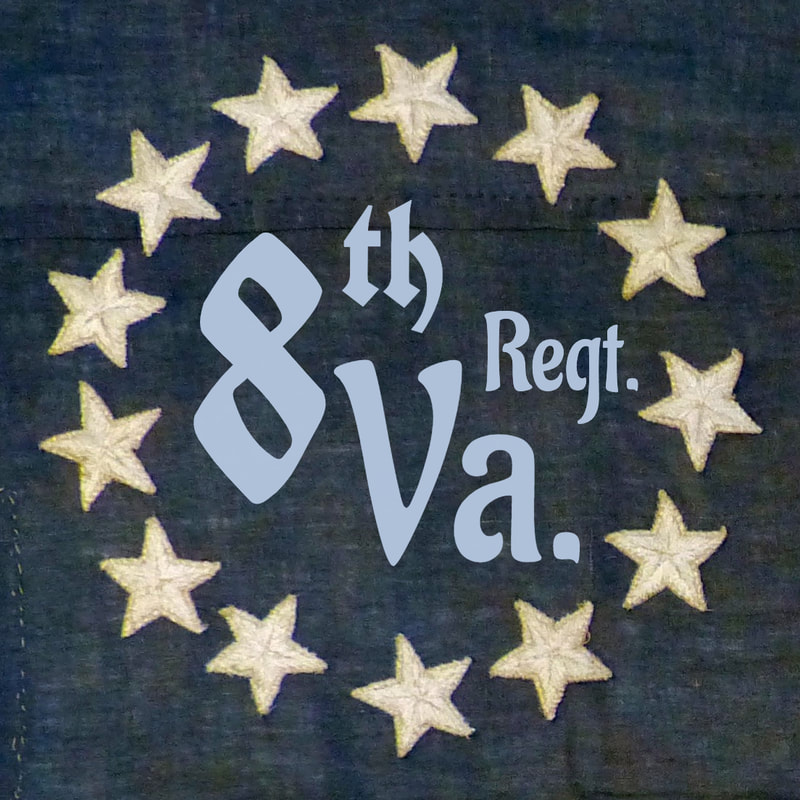
 RSS Feed
RSS Feed